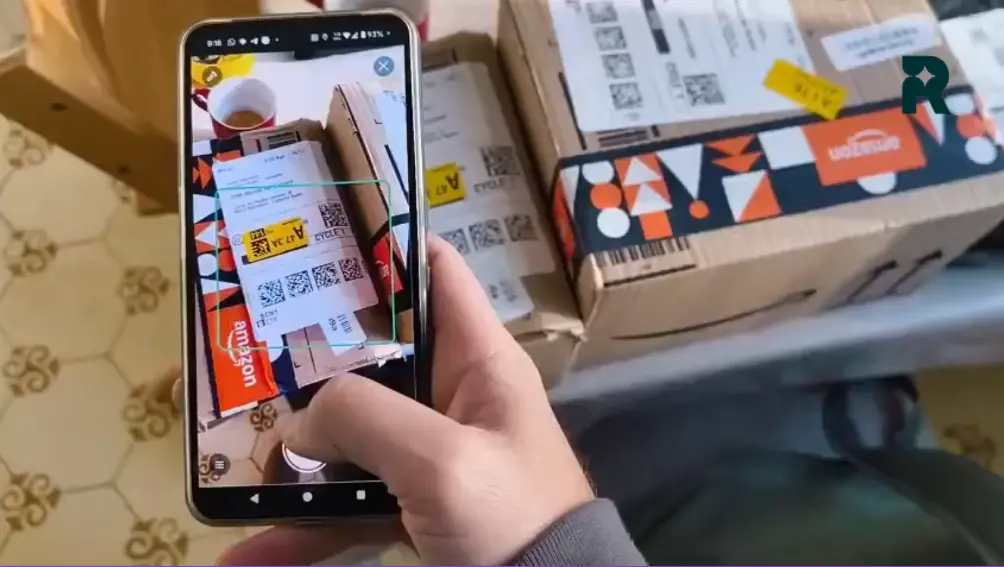How to design multi-criteria delivery routes: balancing time, cost and sustainability
%20(1).webp)
Designing efficient delivery routes is no longer just a matter of arriving fast. Today, companies are faced with the challenge of optimizing their operations considering multiple variables at the same time: minimize delivery times, reduce logistics costs and maintain a firm commitment to sustainability. Is it possible to achieve that balance? The answer is yes, but it requires strategy, technology and a mindset aimed at intelligent efficiency.
In this article, we explain how companies can integrate these three factors —weather, cost and sustainability— in a realistic and scalable route planning model. In addition, you'll see how tools like Routal Planner facilitate this process with automation, real-time data and advanced optimization algorithms.
The pressure to deliver faster without increasing costs or polluting more is transforming logistics. Here you'll discover how to adapt without giving up on any goal.
Why is a multi-criteria approach necessary in route planning?
Traditionally, many companies have designed their logistics routes prioritizing only the shortest possible delivery time. However, this strategy ignores other key elements that directly impact the profitability and environmental responsibility of the operation.
An approach Multicriteria allows you to take into account variables such as:
- Time of delivery, to ensure punctuality and improve the customer experience.
- Operating costs, including fuel, working hours and vehicle wear and tear.
- Sustainability, with routes that minimize emissions and reduce the number of kilometers traveled unnecessarily.
Balancing these factors isn't easy manually. This is where technology comes in as a key ally.
Technology applied to intelligent planning
A solution such as Routal enables automatically design routes based on multiple simultaneous objectives. The system analyzes variables such as:
- Delivery time windows requested by the customer.
- Traffic restrictions or real-time conditions.
- Location and capacity of each vehicle.
- Geographical distribution of deliveries.
The result is a plan that prioritize efficiency without sacrificing sustainability. Thanks to optimization algorithms, each route is evaluated for its total impact, not just speed.
Practical strategies for balancing time, cost and sustainability
1. Intelligent grouping of deliveries
Grouping deliveries close geographically allows you to reduce kilometers traveled, minimize stops and improve energy efficiency. It's a simple but very powerful tactic when combined with automatic planning systems.
2. Use of Key Indicators (KPIs) for each objective
Balance can only be maintained if it is measured continuously. Some key metrics include:
- Average delivery time.
- Cost per kilometer.
- CO₂ emissions per completed route.
Routal allows you to monitor these KPIs in real time to adjust the strategy when necessary.
3. Inclusion of environmental variables
Many cities already impose restrictions on polluting vehicles. Designing routes that avoid restricted areas or that prioritize less polluting vehicles allows not only to comply with regulations, but position the brand as socially responsible.
4. Dynamic replanning for unforeseen events
Traffic, delays or customer absences are inevitable. A system like Routal can reoptimize routes on the fly, avoiding bottlenecks and ensuring that the rest of the operation is not affected.
Concrete benefits of multi-criteria planning
Companies that have adopted this model report benefits such as:
- 15-25% reduction in operating costs, thanks to shorter and more efficient routes.
- Reduction of emissions by up to 30%, combining better planning and sustainable vehicles.
- Improved NPS (Net Promoter Score) for more timely and accurate deliveries.
In addition, greater satisfaction is achieved from logistics teams, who work with less pressure and better information.
Result: Efficiency with purpose
Designing multi-criteria delivery routes is no longer an option, but a necessity for any company that wants be competitive, profitable and responsible. Balancing time, cost and sustainability is possible thanks to specialized tools such as Routal Planner, which integrate data, automation and the ability to react in real time.
Adopting this model not only improves the logistics operation. Also strengthens brand reputation, generates medium-term savings and prepares the company to respond to the new demands of the market and the planet.




%20(22).webp)
%20(12).webp)
%20(11).webp)


.png)


